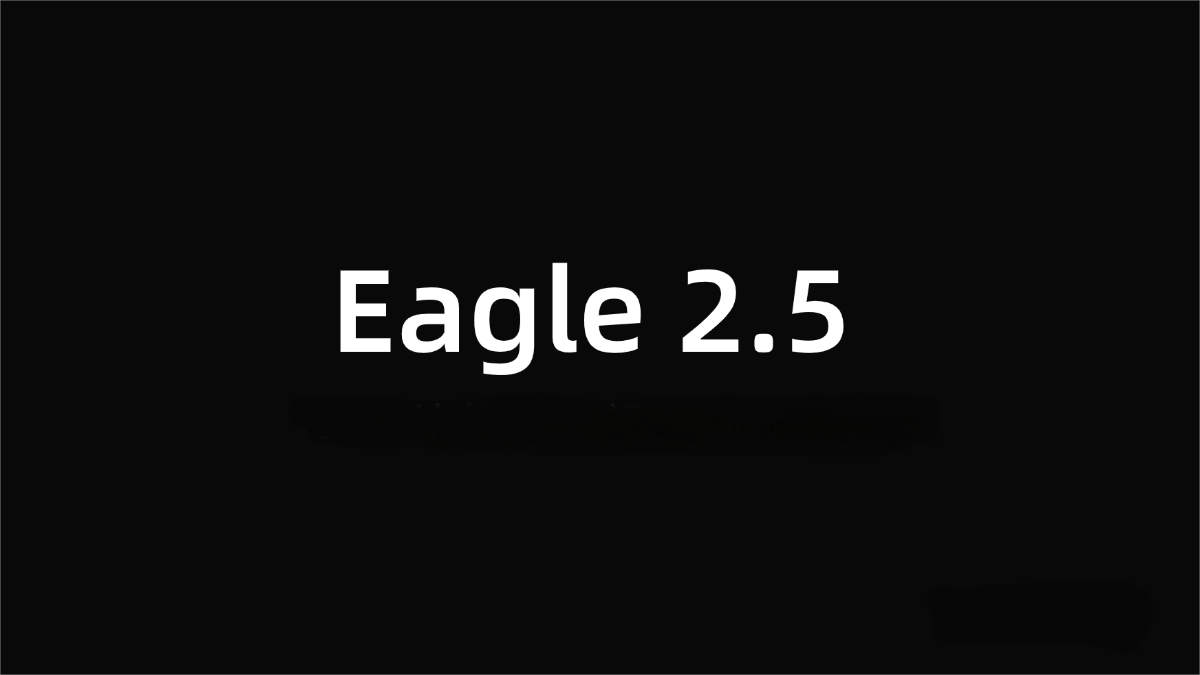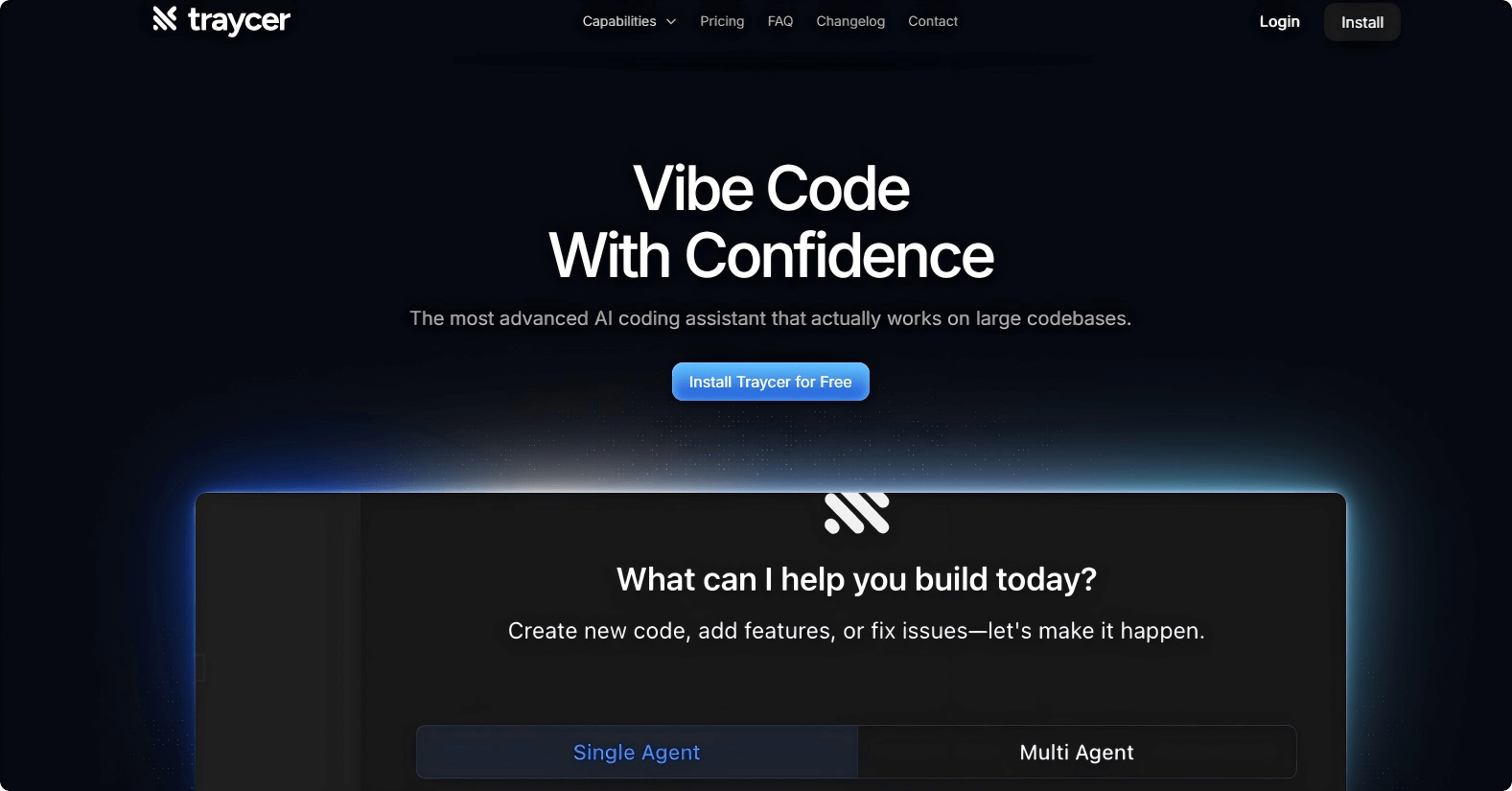Behind the Wave of Ghibli Coverage: OpenAI’s Model Behavior Lead Reveals New Generation Strategies for GPT-4o
Why are we being flooded with Ghibli content? It turns out that OpenAI has deliberately relaxed its restrictions.
In recent days, OpenAI’s innovative image function of GPT – 4o has brought a lot of fun to everyone, and images and videos in the “Studio Ghibli” style have flooded various social media platforms.
Actually, apart from the significant improvement in performance, there is another noteworthy change in this GPT – 4o update — the content restrictions seem to have been greatly relaxed. Many public figures — such as Musk and Trump — can now be generated. Previously, the model would simply reject such requests.
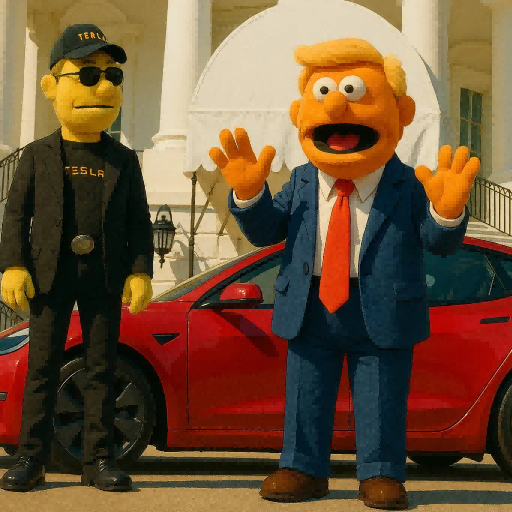
Why did this change happen? Last night, Joanne Jang, the person in charge of model behavior at OpenAI, posted an article to explain it.
She said:
OpenAI is shifting from outright rejection in sensitive areas to a more precise approach, focusing on preventing real-world harm. The goal is to stay humble: to recognize how much we don’t know and to be able to adapt as we learn.
Images possess a unique and powerful impact; they can bring unparalleled pleasure and shock. Unlike text, images transcend language barriers and evoke a variety of emotional responses. They can immediately clarify complex ideas.
Precisely because images have such a significant influence, we feel a greater sense of responsibility in formulating policies and taking actions compared to other forms of dissemination.
When it comes to releasing new features, our perspective has evolved over multiple releases:
- 1. Trust users’ creativity more than our own assumptions. Employees in the AI lab should not act as arbiters deciding what people should or should not create. We always feel humbled after release, discovering use cases we never imagined — some of which, in hindsight, seem so obvious, yet we failed to think of them due to our limited perspectives.
- Clearly recognize the risks, but don’t overlook the daily value to users. It’s easy to focus on potential harms, and broad restrictions always feel the safest (and easiest!). We often find ourselves questioning, “Do we really need a better meme feature when the same memes could be used to offend or hurt people?” However, I believe this framework is inherently flawed. It implies that subtle, everyday benefits must justify themselves in the face of hypothetical worst-case scenarios, underestimating how these moments of joy, humor, and connection can truly improve people’s lives.
- Value the unknown and unimaginable possibilities. Perhaps due to our cognitive bias toward loss aversion, we rarely consider the negative impacts of inaction; some call it the “invisible graveyard,” though that might be a bit too dark and extreme. The second-order or indirect effects of new features—the positive interactions, innovations, and ideas that never came to fruition because we feared the worst—can now be realized.
It is difficult to meet these challenges, but our goal is to maximize creative freedom while preventing real harm.
Public Figures: We understand that dealing with public figures can be tricky — especially when the lines between news, satire, and the interests of the depicted individuals become blurred. We aim for our policies to be fair and equally applicable to everyone, regardless of their “status”. However, rather than acting as judges of “who is important enough”, we have decided to create an opt-out list, allowing anyone who may be depicted by our model to make the decision themselves.
Regarding “offensive” content: When it comes to “offensive” content, we encourage ourselves to reflect on whether any discomfort stems from our personal opinions or preferences, or from the potential to cause harm in the real world. In the absence of clear guidelines, the model would previously reject requests such as “make this person’s eyes look more Asian” or “make this person fatter,” inadvertently implying that these characteristics were inherently offensive.
In conclusion, all these considerations, along with OpenAI’s progress in accurately assessing technology, have prompted them to adopt a more lenient policy.
Joanne Jang also quoted a remark from her colleague Jason Kwon: “A ship is safest in the harbor; the safest model is one that rejects everything. But that’s not what ships or models are for.”
This also explains why we can now see so many Ghibli-style images, because GPT – 4o is now allowed to imitate the styles of creative studios such as Pixar and Ghibli.
However, OpenAI currently still restricts the model from imitating the personal styles of living artists. Because once this restriction is lifted, the debate over the fair use of copyrighted works in AI training datasets will become thorny again.
What can be seen at present is that the performance improvements brought by GPT – 4o are bringing new changes to industries such as advertising, film and television, and gaming.
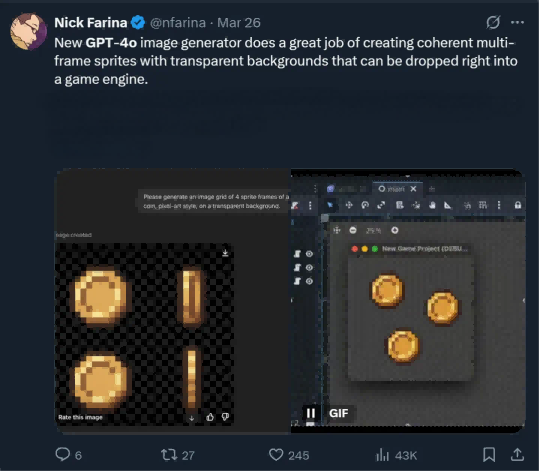
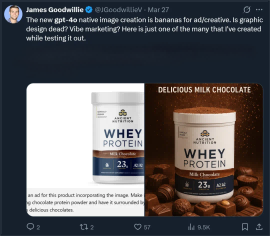
Using GPT – 4o together with other tools often brings new surprises.
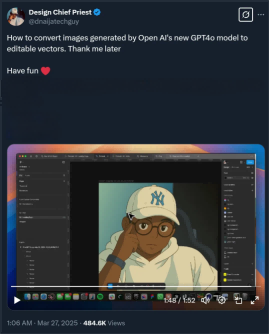
However, OpenAI has not disclosed the technical details of GPT-4o’s image processing. It only mentioned that it adopts an autoregressive method similar to language models. Therefore, there are currently many speculations about the technology behind it.
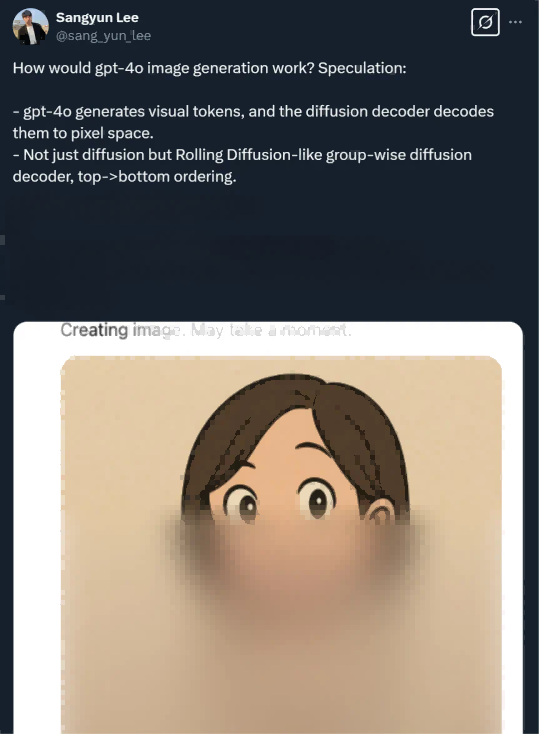
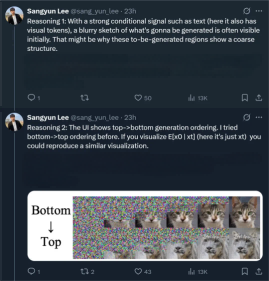
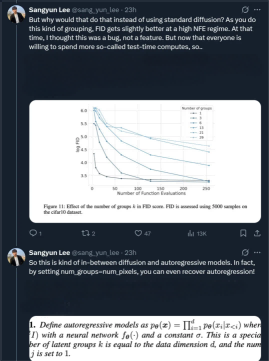
If you have a more reasonable conjecture, feel free to leave a message in the comments section.
Related Posts



